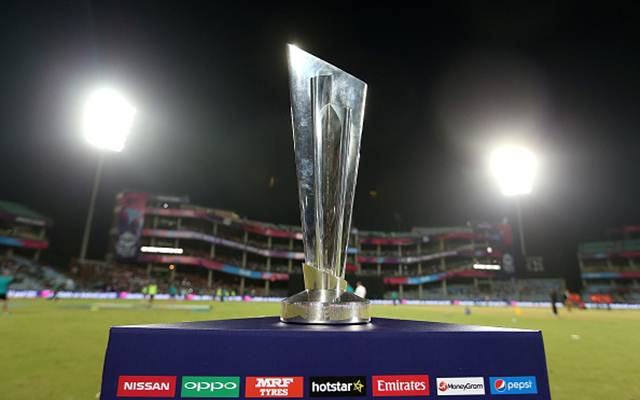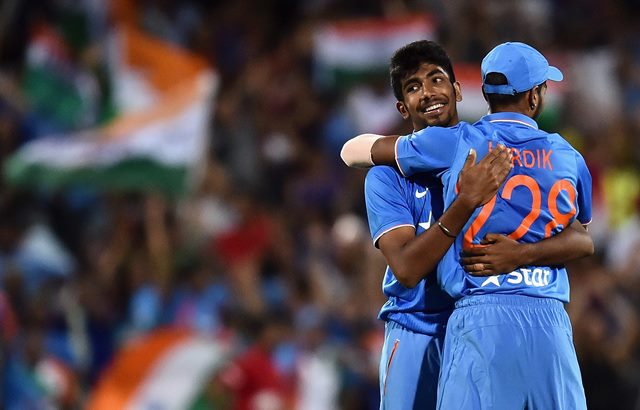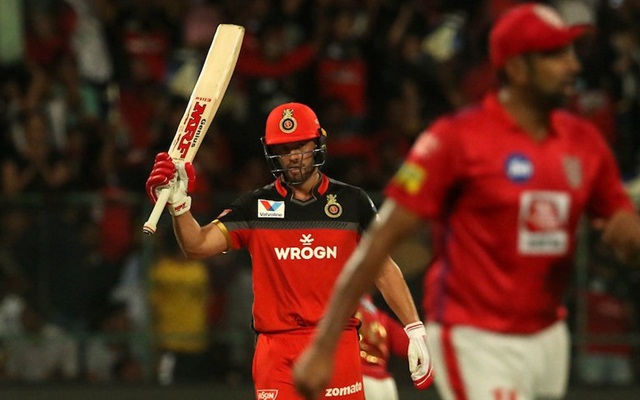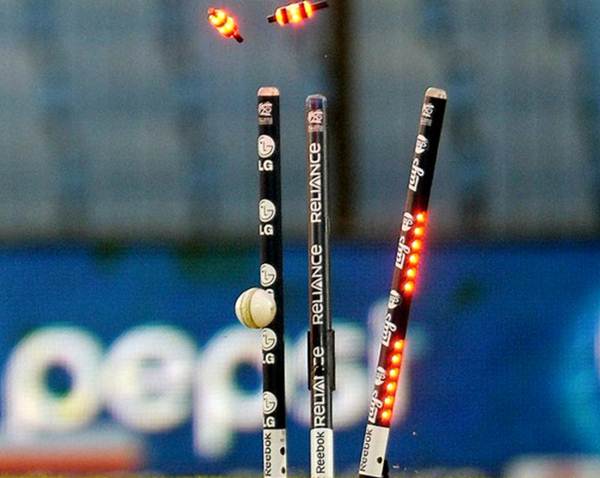What if T20 Cricket had never existed?
Apart from the obvious glitz, glamour and excitement that T20 Cricket brings to the table, this particular brand of the game has also created opportunities that had not been envisioned even in the wildest dreams in the past.
2 Min Read


Twenty-20 Cricket has become a part and parcel of the existence of an average Cricket enthusiast. While there exists a never-ending skepticism embedded in the more orthodox section of the cricketing audience regarding the shortest format of the game, the fast-paced T20 games have more than enough to make their case. Apart from the obvious glitz, glamour and excitement that T20 Cricket brings to the table, this particular brand of the game has also created opportunities that had not been envisioned even in the wildest dreams in the past.
Twenty-over Cricket was first introduced by the England and Wales Cricket Board (ECB) in the year 2003 in order to replace the then recently concluded Benson and Hedges Cup. It was implemented in the inter-county championship and was met with resounding success. The measure that was essentially taken to counter to the dwindling crowd interest in the longer formats of the game and boost sponsor investments, brought in its wake a revolution of a kind. But what if T20 Cricket had never seen the day of the light? What if the 11-7 vote in favour of creating the format amongst the county chairmen had gone the other way in 2003?
Let’s take a look at how it’d have affected the cricketing world and us, the lovers of the game.
1. Less entertainment for crowds
The most obvious outcome of the absence of T20 Cricket in the world would have been the conspicuous lack of entertainment for the spectators. Be it the swashbuckling use of the willow to smash boundaries all over the park or the nail-biting anticipation as a match goes down to a super-over situation, crowds find their voices going hoarse from cheering for their favourite team. With the onset of high-profile T20 leagues in major cricket playing nations like the Indian Premier League (IPL), Big Bash League (BBL) in Australia, Caribbean Premier League (CPL), the cricketing action has become all the more electrifying, keeping the spectators glued to their seats.
The 2016 ICC T20 World Cup saw record viewership figures all over the globe, with nearly 46 million users connecting via social media platform Facebook to stay updated on the nitty-gritty of the tournament. According to an article published by the ICC about the same event, “Across the official event website and App, ICC’s YouTube channel, ICC’s Facebook page, ICC’s Twitter and Instagram account and the regional and global live stories posted on Snapchat, there were more than 320 million video views – the highest mark ever for an ICC event.”
In case of the 2017 edition of the IPL, there was a 40% jump in viewership from the previous year as they raked in 88.3 million impressions. With major broadcasters bidding as high as INR 16,347.5 crores to secure the IPL 2018 rights, the crowd involvement and high stakes riding on the format are pretty evident. Had there been no T20 Cricket, the world would’ve run a risk of missing out on an entire plethora of cricketing action altogether!
2. No platform for youngsters to showcase skills

Various national T20 leagues like the IPL, CPL and BBL have successfully provided a strong platform for the new crop of cricketers to showcase their talent and get due recognition. IPL can be single-handedly credited for bringing to the forefront exciting young talents as Rishabh Pant, Basil Thampi, Ishan Kishan, Rashid Khan and many more. Notably, current Indian all-rounder star, Hardik Pandya first came under the scanner when he made his appearance in the Mumbai Indians side in the IPL.
It’s very common for talented youngsters to get lost in a sea of faces even after having proved their mettle in domestic tournaments. The cash-rich T20 leagues not only provide them with a chance to make it big and rub shoulders with the greats of the game, but also brighten the financial prospects of the players if they’re picked up by the participating franchises. Players like T. Natarajan have already created records by fetching humongous bids in the IPL. Although the quick money is a plausible cause of some young players going wayward, for the major part it’s helpful in making many realise their dreams and giving them the motivation to work harder to make them come true. All this would have gone for a toss if T20 Cricket had not come into being, making it tougher for young players to gain access to an international platform.
3. No platform for international cricketers to play together and develop camaraderie

The brotherly bond between Virat Kohli and AB de Villiers is appreciated by fans and critics alike,. But would it be there if they hadn’t played side by side in the IPL year after year? Without the inception of T20 Cricket, leagues that accommodated team compositions with overseas players would’ve been a distant dream. International matches where players are pitted against each other on the basis of the national teams they’re playing for, doesn’t provide for much bonding, more so because of the banter on the field getting increasingly aggressive with each passing day.
However, the T20 leagues constitute a refreshing alternative where we get to witness players, irrespecctive of their countries, celebrating a victory as a team and being dejected as a unit at a loss. Not only do they allow for players from different nations to play cohesively as a unit, but also inculcate brotherhood and camaraderie between all the Cricket playing nations, making the game maintain it’s reputation of being a “Gentleman’s Game”.
4. Test Cricket League might have been developed

It wasn’t long ago that the cricketing world had been found swooning over the prospect of ICC World Test Championship. Although the initial plan of replacing the ICC Champions Trophy by the Test league was scrapped in 2014, the Test Championship is slated to begin in 2019 after much deliberation. But for the existence of the shortest format of the game, such a championship of the longer format would’ve been in place a long time ago.
Considering a scenario where T20 Cricket wasn’t a genre of the game, authorities and players would’ve been more driven towards conceptualising and materialising Test leagues of the highest order, in order to harness the competitive spirit of the major test playing nations. Apart from the more obvious Test Championship amongst different nations, we might have witnessed national Test leagues with overseas players as a substitute of the IPL. Existing domestic Test tournaments like the Ranji Trophy, Duleep Trophy, Vijay Hazare Trophy would then be eligible to be improved and rake in higher broadcasting figures if they were given due attention from the concerned officials.
5. Less scope for innovation

Be it the ‘Dil’Scoop by Tilakaratne DIlshan or the Switch-Hit by Kevin Pietersen, T20 Cricket has been famed through the years for being the nurturing womb of innovative shots. Historically, being a good Test player has always been considered equivalent to being a copy-book player. The ODIs, in spite of being a shorter format, weren’t enough to get the creative juices flowing among the players. Instead, they opted to play traditionally, coupled with occasional sixes and boundaries.
It is T20 Cricket that has brought about a myriad change in the topography of cricketing shots. Armed with only 120 deliveries to make an impact, batsmen are forced to think outside the box to flummox the opposition. Hence, the array innovative shots. This particular format has also encouraged players to attain amazing fitness levels to be able to sprint around, save the crucial singles and take mind-blowing boundary catches which often involves more athleticism than Cricket. Thus, if T20 Cricket had been absent from the cricketing world, there would’ve been immensely less scope for innovation, be it batting shots or catches.
Download Our App